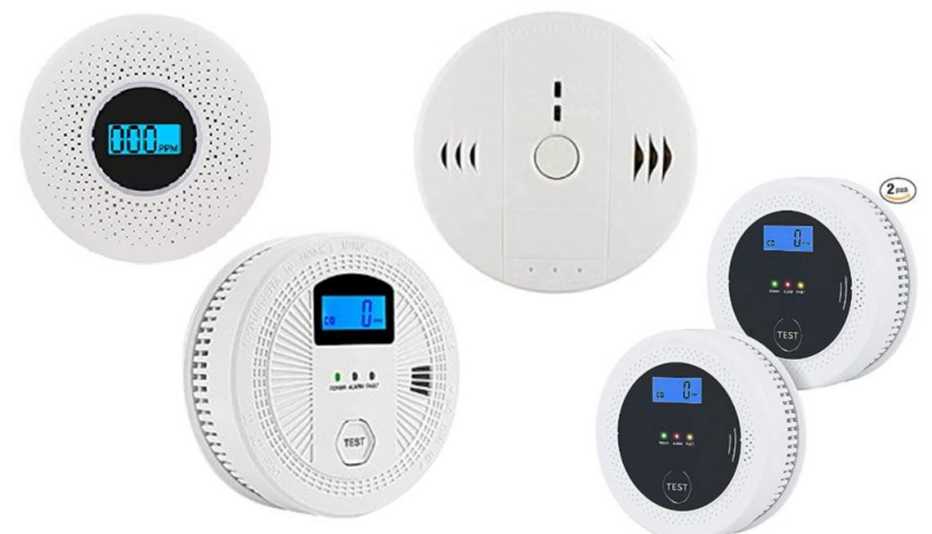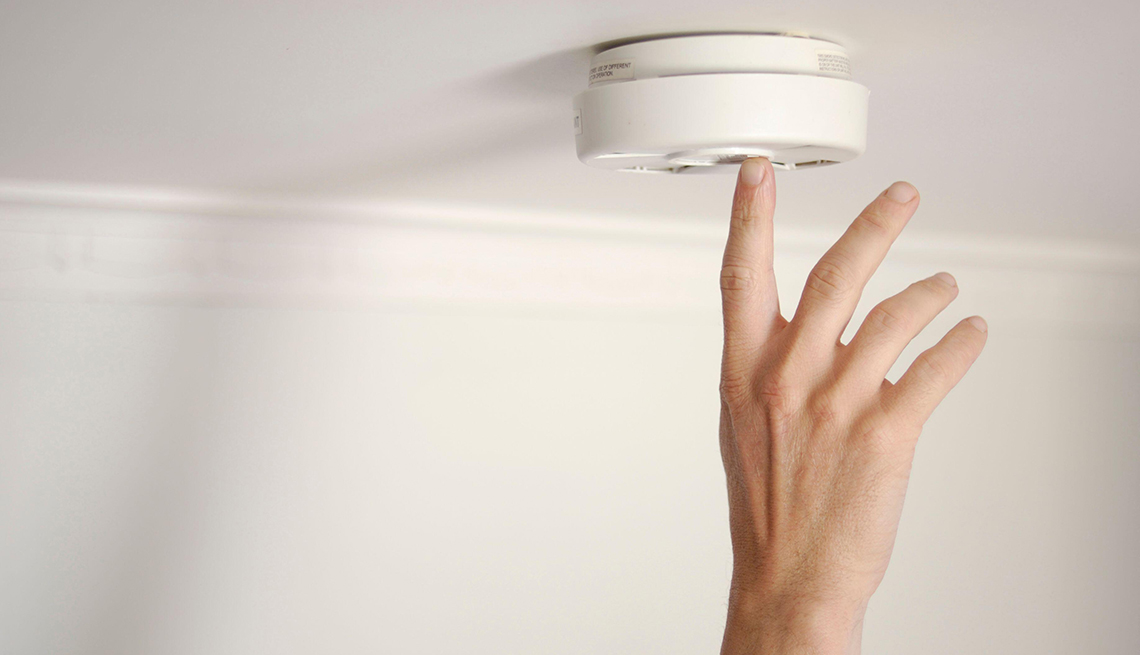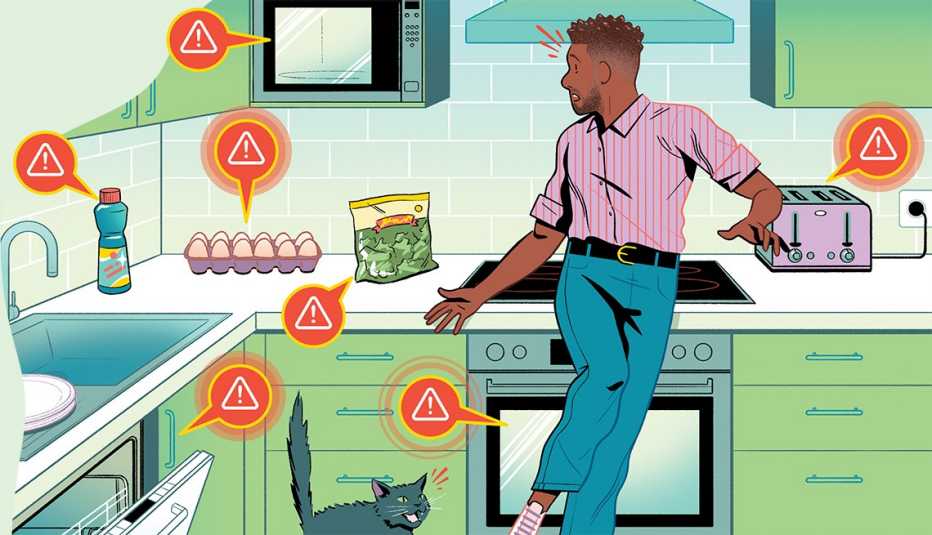AARP Hearing Center
Amazon shoppers who purchased several models of carbon monoxide (CO) and smoke detectors should stop using them because they may fail to detect smoke and/or the deadly gas, the Consumer Product Safety Commission (CPSC) warns.
Sensitivity tests performed by CPSC on PETRICOR, VARWANEO and WJZTEK detectors found that they failed to issue an alert when exposed to a predetermined concentration of smoke. Meanwhile, tests performed on OKEAH devices found that they didn’t issue an alert when exposed to a concentration of carbon monoxide at 400 parts per million and a predetermined concentration of smoke. Both failed tests are a violation of voluntary safety standards.
“If a combination smoke and CO detector that does not alert to the presence of an elevated level of carbon monoxide or smoke is installed in a home, and carbon monoxide or smoke enters the home, the consumer will not be warned of these harmful conditions, making injury or death very likely,” the CPSC said in a statement.
The faulty models cited, with their Amazon Standard Identification Number (ASIN), are:


PETRICOR, VARWANEO, and WJZTEK:
- Model: MQ-808 with ASIN: B09DPPFJZJ
- Model ACJ-512COM with ASIN B0928QZ21C
- Model No. KT-X3 with ASIN B07QVC2722 and B07M8LR9M7
OKEAH:
- Model YJ-901 with ASIN: B097B63W44
The PETRICOR, VARWANEO and WJZTEK detectors were sold for between $15 and $53. They are made of white plastic, with approximate dimensions of 4 x 1.5 x 4 inches. The PETRICOR and VARWANEO models feature a digital display. The PETRICOR and WJZTEK models feature a label on the back that lists the model number.
The OKEAH detectors were sold for between $25 and $75, are made of white plastic and measure about 4 x 1.5 x 4 inches, featuring a digital display.
All the products are advertised to detect dangerous levels of carbon monoxide and smoke by flashing a red LED light and emitting loud alarm patterns.
Anyone who purchased one of the CO detectors is advised to immediately stop using it, throw it out and install a new working device.






































































